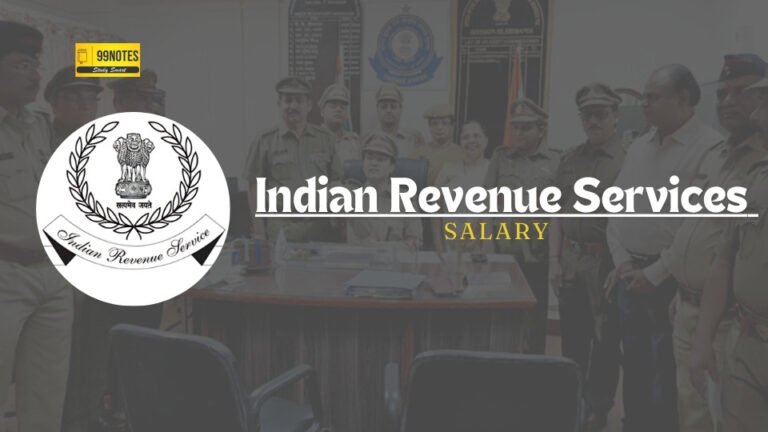What factors influence women’s political participation?
(Source – The Hindu, International Edition – Page No. – 11)
|
Topic: GS2 – Int |
|
Context |
|
Paradox of Women’s Political Engagement
-
India has had influential women leaders, yet overall political participation among women remains low.
-
Unlike other countries where the gender gap in political participation narrowed in the 1990s, India saw this shift only in the 2010s.
-
Women voters are often treated as a single group, ignoring differences in caste, class, religion, and region.
Rising Voter Turnout Among Women
-
The voter turnout of women increased significantly in the 2010s, leading political parties to introduce women-focused welfare schemes.
-
However, these schemes often frame women as passive beneficiaries rather than active political participants.
-
Despite higher turnout, women’s political power remains limited, as their votes are often seen as influenced by welfare benefits rather than independent decision-making.
Beyond Voting: Political Engagement
-
Voting is just one form of political participation; involvement in rallies, campaigns, and advocacy is also crucial.
-
Women continue to lag behind men in deeper political engagement.
-
Only 14% of women report seeking advice from their spouses before voting, showing some independence but still higher than men.
Impact of Caste, Class, and Region on Voting
-
Women’s voting choices are shaped by regional, caste, and class factors, not just gender identity.
-
In States with strong regional parties, women’s preferences align more with local political movements than national trends.
-
The voting behavior of women from different socioeconomic backgrounds varies based on community interests rather than a shared gender perspective.
Women’s Support for Different Political Parties
-
One national party has historically received more support from women than men, except in 2014, when its voter base declined.
-
Another party has traditionally faced a gender disadvantage but has narrowed the gap in recent years.
-
However, much of the increased support from women comes from welfare beneficiaries rather than broader political alignment.
-
Region-specific trends show that women’s support for parties varies across different States.
Key Takeaways
-
Women’s voter turnout has increased, but their overall political engagement remains lower than men’s.
-
Women’s voting behavior is influenced by multiple factors, including caste, class, and regional politics.
-
No distinct women’s voting constituency has emerged, as electoral choices remain shaped by broader socio-political factors.
|
Practice Question: To what extent has increased women’s voter turnout in India led to their greater political agency beyond elections? (250 Words /15 marks) |


